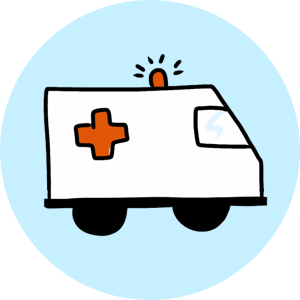Education indicators include data related to Early Education, 3rd/4th Grade Progress, 9th/10th Grade Progress, On-Time Graduation, Population Differences, and Youth Engagement.
Family & Community indicators include data related to child care affordability, emotional support for parenting, reading, singing and telling stories, child abuse and neglect, voter registration and voter turnout, supportive neighborhoods, and teen marijuana use.
Food indicators include data related to food insecurity/hardship, access to food, and food assistance.
Health indicators include data related to alcohol, disability, health insurance, infant mortality, obesity, physical activity, adolescent birth rate, tobacco, depression among teens, substance use among teens, frequent mental distress (adults), and current marijuana use.
Housing indicators include data related to affordability, owning and renting, foreclosures, and student homelessness.
Income indicators include data related to mean/median income, living wage, poverty and national wealth trends.
Population indicators include data related to population estimates, and demographics.
Safety indicators include data related to carrying weapons at school, homes with guns, and not feeling safe at school.
Transportation indicators include data related to commute mode of transportation and trends by mode of transportation.


















